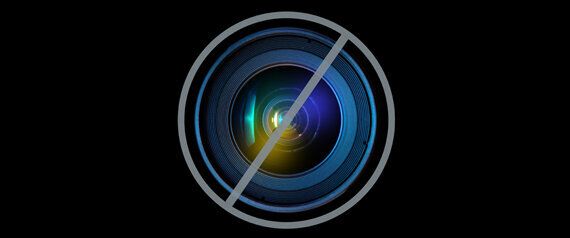A benign "Big Brother" house that watches over its old, disabled or vulnerable residents is undergoing trials in the UK.
About a dozen homes in Scotland have been fitted with an array of sensors, motion detectors, microphones and digital cameras linked to intelligent software.
If the system spots anything unusual that may indicate a problem, it sends an alarm signal to a network of on-call carers.
It not only spots dramatic events, such as a fall, but also subtle changes in behaviour over time - for instance, going to bed unusually early or skipping meals.

Scottish care homes have been fitted with sensors linked to intelligent software
Video footage is password protected and can only be viewed by authorised individuals.
Early results from the trials are expected in the next two or three months and a prototype system costing around £1,000 could be available by the end of 2013.
Dr Ernesto Compatangelo, who is pioneering the technology at a University of Aberdeen spin-out company, said so far the feedback has been overwhelmingly positive.
"In the past there have been issues about deprivation of privacy, spying, Big Brother etc. My message is this is a non-issue.
"The technology's absolutely not intrusive and is just the same as having a trusted human carer around all of the time.
Who's been in the real house this year?
"We know that the families and individuals involved in the field trials are extremely happy and enthusiastic about the technology."
Two versions of the system, called Caring Aide and Invisible Neighbour, are being tested.
Both work the same way but are designed for different types of user. Caring Aide is aimed at the elderly and disabled, while Invisible Neighbour focuses on people who may be at risk in other ways.
"Elderly and disabled people may have issues but also frail and vulnerable people or young adults and families with a history of violence from ex partners," said Dr Compatangelo.
"There's a whole range of situations. We can very effectively customise to individual needs."
The sensors, placed throughout a person's home, can monitor movement, temperature, humidity, when doors and windows are open or closed, and whether appliances such as TV sets, cookers and heaters are switched on or off.
Information from the sensors, cameras and microphones is fed to a computerised "hub" which builds up a picture of a person's day-to-day routine.
"The system learns your lifestyle and repeatedly compares it with what it has learned," said Dr Compatangelo. "As soon as something unusual is spotted, and repeated again and again, an alarm is sent."
He described the technology today at the British Science Festival taking place at the University of Aberdeen.
Because the system used readily available off-the-shelf components, it was not expensive, he stressed. Commercial versions were expected to cost just under £1,000.
Dr Compatangelo's team is also working on a visual recognition system that would allow people with disabilities to control appliances with a form of sign language.
The project is a spin-off from an existing technology, the Portable Sign Language Translator (PSLT) that translates sign language.
Using a standard laptop or smartphone camera, PSLT enables sign language gestures to be turned into written text that can be read by anyone.
The new system also uses cameras in the home to recognise customised sign gestures to perform certain functions. For instance, a wave of the hand could open curtains, or a thumbs-up might switch on a room's lights.
"You can control all sorts of house appliances; the TV set, doors, windows, lights, everything," said Dr Compatangelo.
The system could be available to customers by the second half of next year, he added.
Looking further into the future, the technology may have a wide range of other applications. One of the more bizarre possibilities involves driving a car without a steering wheel or pedals, merely by moving one's arms and legs, said Dr Compatangelo.